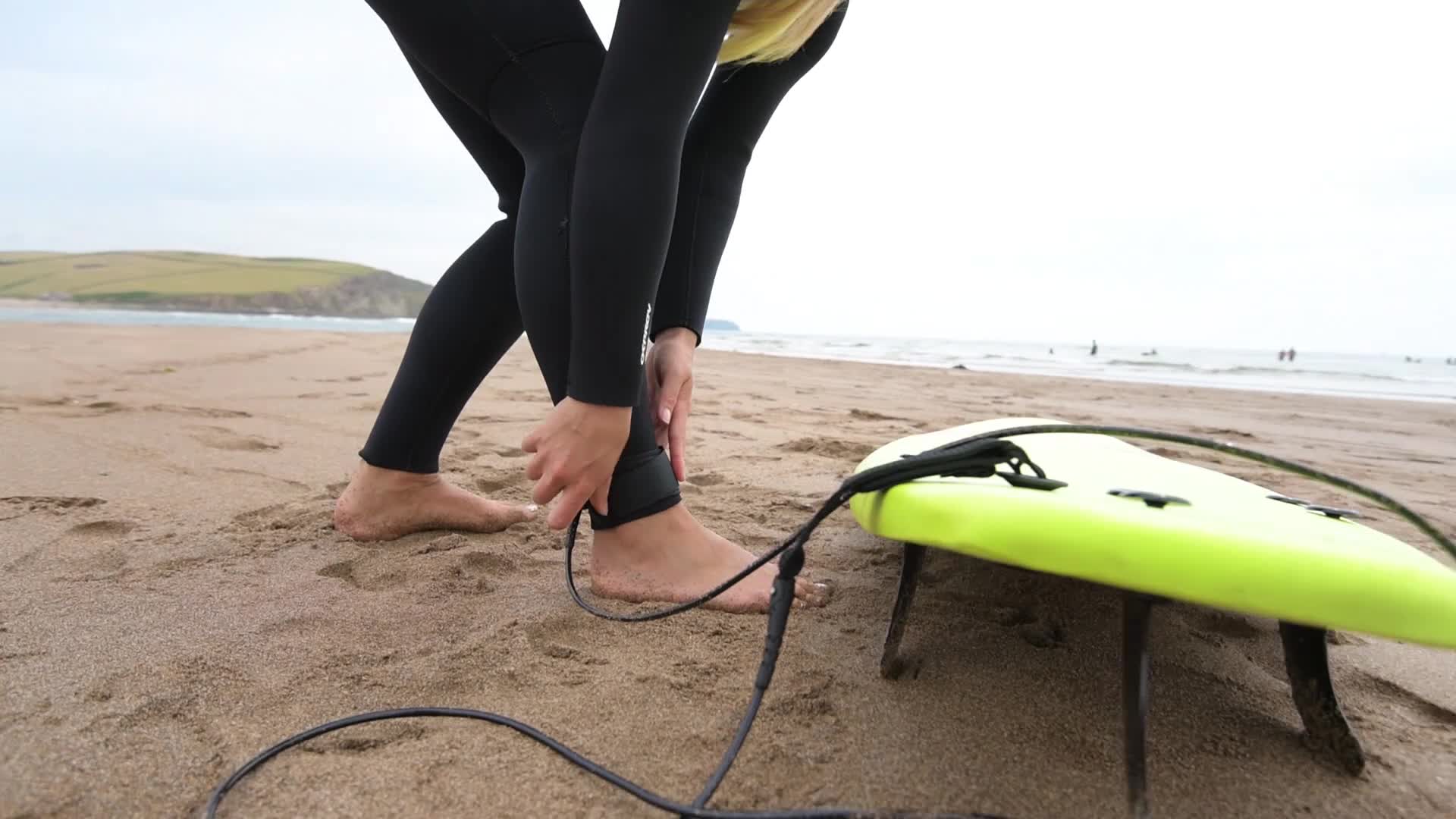
Introduction:
Paddleboarding is a fun and exciting water sport that allows you to explore the ocean, lakes, and rivers. Whether you’re a beginner or an experienced paddleboarder, having the right gear is essential to make the most of your time on the water. One of the most important pieces of equipment you need is a paddleboarding wetsuit.
Wetsuits are designed to keep you warm and comfortable in cold water, and they also provide additional buoyancy, which is important for paddleboarding. In this comprehensive guide, we will explore everything you need to know about paddleboarding wetsuits, including their benefits, features to look for, and frequently asked questions.
Why You Need a Paddleboarding Wetsuit
Wetsuits are an essential piece of equipment for paddleboarding for several reasons:
Keeps you warm: The primary function of a wetsuit is to trap a thin layer of water between your skin and the suit, which then warms up from your body heat. This helps to keep you warm and comfortable, even in cold water.
Provides buoyancy: Many wetsuits are designed with additional buoyancy, which can help improve your balance and stability on the paddleboard. This can be especially helpful for beginner paddleboarders.
Protects from the sun: Some wetsuits are made with UV-resistant materials, which can protect your skin from the sun’s harmful rays.
Features to Look for When Choosing a Paddleboarding Wetsuit
When choosing a paddleboarding wetsuit, there are several features you should look for:
Material: Wetsuits are typically made of neoprene, a synthetic rubber material that is flexible, durable, and warm. Look for a wetsuit made of high-quality neoprene for the best performance.
Thickness: The thickness of a wetsuit is measured in millimeters and can vary from 2mm to 7mm. Thicker wetsuits provide more warmth and buoyancy, but they can also be more restrictive and less flexible. Consider the water temperature and your personal comfort level when choosing the thickness of your wetsuit.
Fit: A wetsuit should fit snugly but not be too tight. Look for a wetsuit that is designed to fit your body type and allows for a full range of motion.
Zippers: Wetsuits typically have a front zipper or a back zipper, or both. Consider your personal preference and the type of paddleboarding you plan to do when choosing the type of zipper on your wetsuit.
Frequently Asked Questions About Paddleboarding Wetsuits
What is the best temperature for a paddleboarding wetsuit?
A: The ideal water temperature for a paddleboarding wetsuit is around 60-70°F (15-21°C). However, this can vary depending on personal preference and the thickness of the wetsuit.
How long should a wetsuit last?
A: A well-maintained wetsuit can last for several years. However, the lifespan of a wetsuit can depend on the frequency of use, the quality of the material, and proper care and storage.
Can I wear a wetsuit for other water sports?
A: Yes, wetsuits can be used for other water sports, such as surfing, kayaking, and diving. However, it is important to choose a wetsuit that is specifically designed for the sport you plan to use it for, as different sports may have different requirements for fit, thickness, and features.
Conclusion:
Paddleboarding wetsuits are an essential piece of equipment for anyone looking to enjoy this exciting water sport. They provide warmth, buoyancy, and protection from the sun, making your time on the water more comfortable and enjoyable. When choosing a wetsuit, look for high-quality materials, the right thickness for the water temperature, a comfortable fit, and the type of zipper that works best for you. With the right wetsuit, you’ll be ready to hit the water and make the most of your paddleboarding adventures.

